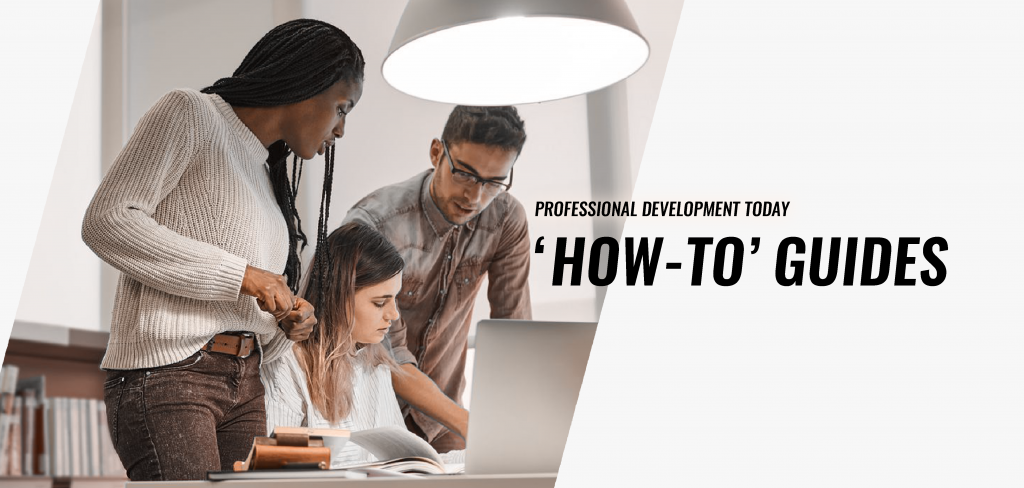
“To be genuinely thoughtful we must be willing to sustain and protract that state of doubt which is the stimulus to thorough inquiry, so as not to accept an idea or make a positive assertion of a belief until justifying reasons have been found.” (Dewey, 1933:16)
No “quick fixes”
Once you have refined the focus of your inquiry by translating a ‘hunch’ into a question that is both answerable and manageable, found or devised tools for your inquiry and formed a community inquiry with your partners, you need to make sense of what you are finding. The extent to which this will be more or less difficult is dependent on how successfully you have negotiated the previous stages but making sense of the outcomes of an inquiry is always a challenge. It is not unusual to end up with more questions than you started with and as one teacher put it ‘I am confused but at a higher level!’ However, the absence of an easy ‘quick fix’ answer need not be discouraging and the learning that takes place during an inquiry is powerful and rewarding in itself. Frequently, teachers embark on a series of cycles of inquiry as the review of one ‘plan-do-review’ sequence generates new hunches. Nevertheless, there is a need to make sense of an inquiry if subsequent actions are to be evidence informed and particularly if you are to be able to share what you are learning with other people.
Messiness and transparency
The first thing to do is to embrace the ‘messiness’ of inquiring into what is happening in your own classroom, what is valuable about your inquiry is that it is conducted in an authentic setting and this means that it will reflect the fast pace and shifting, multiple variables that are integral to teaching in the real world. Rigour in teacher research is achieved by ensuring that your account is transparent so that everyone can know exactly what you did (and didn’t do) and why so that another teacher can express an opinion regarding your decisions and replicate your inquiry in their own context if they so wish. The best way to ensure transparency and replicability is to focus on the process as well as the outcomes of your inquiry and pose questions to yourself to stimulate recall.
Professional learning task: Reflecting on how things went
Reflect on an inquiry you have undertaken by considering the following:
- What went according to plan?
- What was easier than anticipated?
- What was more difficult?
- What had you predicted?
- What surprised you?
- What other things would you tell someone, drawing from your experience of how the inquiry went?
Letting the data speak
Because your inquiry has been integral to your teaching then you are likely to have generated a lot of different forms of information at different points in time and one of the first steps is to make a table of what you have got. It can be helpful to organise the table according to the kinds of data (observations; lesson evaluations; student work etc.), details of the participants (who observed, who was observed etc.) and the tools you used (fortune line; student logs etc.) and when you collected information (frequency and dates). You should also consider if there is any school data available that has been collected for other purposes but which could help in the analysis of the outcomes of your inquiry. You will be aiming to triangulate the different forms and sources of information as this will help you to draw conclusions and test the robustness of any conclusions you may be reaching. You will also, inevitably, be triggering a lot of tangential thoughts and you will need to postpone these for the moment as you focus on answering the question you posed at the start of this cycle of inquiry. The key to success at this stage is to guard against finding what you are looking for and this is where working with other people in a community of inquiry is vital.
Professional learning task: Constructing your table of inquiry
Consider an inquiry you have or are carrying out. Using the guidance given in the last paragraph construct a table which sets out: the kind of data gathered; the source of the data; details of participants; and the tools that you used.